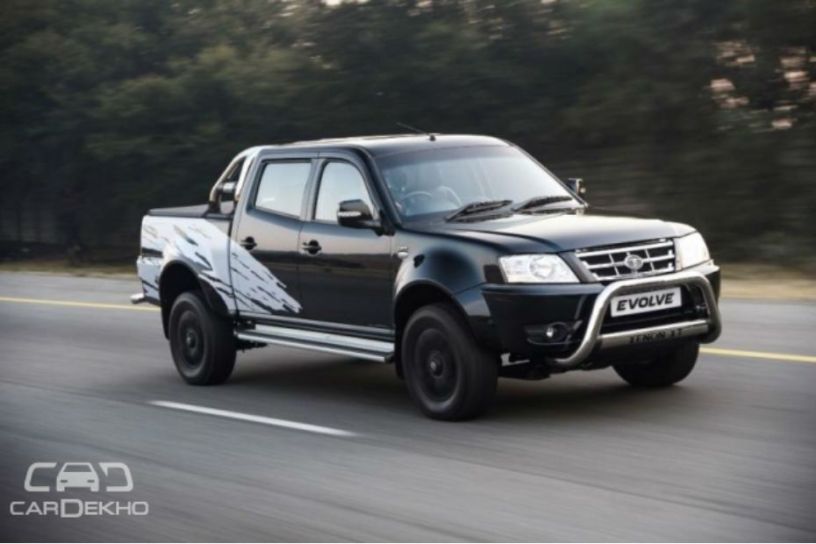No Challans For Bull Bars On Cars In Delhi Till April 18, 2018
Modified On Mar 14, 2018 05:39 PM By CarDekho
- Write a comment
The one month extension comes in the wake of a fresh plea filed by a supplier and manufacturer of bull bars

The Ministry of Road Transport and Highway (MoRTH) had banned the fitment of bull bars on passenger vehicles in December 2017, stating that it was in violation of section 52 of the Motor Vehicles Act 1988. It also levied a fine between Rs 1,000 to Rs 5,000.
However, the Delhi High Court has now ordered a stay on the decision till April 18, 2018. A bench of two judges is hearing a plea from a supplier and manufacturer of bull bars asking clarification on reasons for the ban.
No challans will be issued in the interim. While the authorities still have more than a month to answer the queries, here we are going to explain why these contraptions pose a serious threat to the drivers, pedestrians and even the vehicles that they are meant to protect.
Damage To The Chassis
In the event of a collision of a car with a bull bar, the bonnet, which is designed to absorb and crumple on impact, doesn’t even come in contact with the colliding object. Crumple zones in a car are specifically designed to absorb the impact. However, the bull bars channel the energy away from these crumple zones, nullifying their presence altogether.
Instead, all the force from the impact accumulates on the two points at which the bull bar is bolted on the chassis of the vehicle, leading to too much pressure on the chassis and thus amplifying the damage. The damage is more in the case of vehicles based on monocoque construction, like the Maruti Suzuki Swift and Hyundai Creta, compared to vehicles built on a ladder-frame type chassis, like the Mahindra Scorpio.
Affects Airbag Deployment
Airbags deploy as soon their sensors detect an impact, and these sensors don’t function properly if bull bars are fitted on the vehicle. We have come to know of instances in the past where occupants inside a car fitted with a bull bar got hurt because the airbags didn’t deploy on time. Also Read: 5 Step Guide To Safe Driving Training
Dangerous For Pedestrians
The front end of cars are designed to maximise pedestrian safety in case of an accident, with some even going to the extent of fitting a pedestrian airbag to the car. But the presence of bull bar has proved to be lethal in some of these situations.
Do you think bull bars make sense or are we better off banning them off our roads? Let us know in the comments section.















